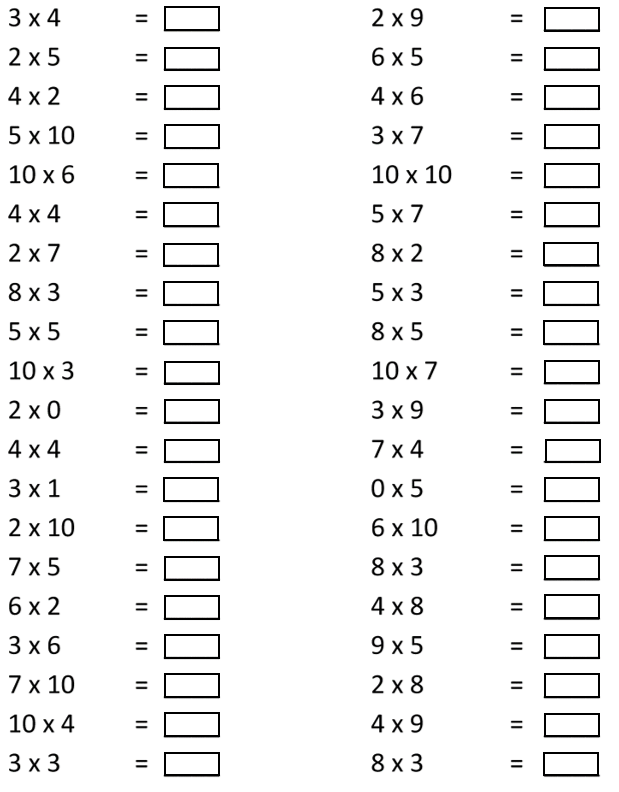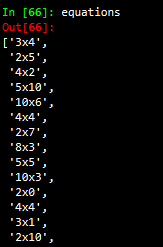Applying OpenCV and Tesseract to do your math-homework
The possibilities to use Python are almost endless — repetitive tasks especially can be solved easily using Python. Here we show how Python can be used to automatically answer problems on a math worksheet.
First we take a look at the math questions:

Nothing too difficult, but the amount of questions could make it very tiring to solve and fill in every single one. Instead, let us try it in Python!
We start by importing the relevant packages. In fact, we need exactly three packages. The first package enables us to read the questions, meaning it transforms image to text. The package we are talking about is called pytesseract. It is important to note that a bit more work than only _pip install … _is required to get it running. Here is a link to a good tutorial regarding this problem.
The second package is necessary for finding where exactly the solution should be written. This means we have to tell the machine that the answer of every equation should be written in the black squares next to the equation. In order to find and identify these squares, OpenCV is needed.
Last but not least we import a package which is able to handle strings or regular expression operations, called “re” for short.
import pytesseract as tess
path = (r"C:\Users\PaulM\AppData\Local\Tesseract-OCR\tesseract.exe")
tess.pytesseract.tesseract_cmd = path
import cv2
import re
01 Reading the questions
We start by importing the picture and apply the _image_to_string _function from tesseract
png = "{}\questions.png".format(raw_path)
text = tess.image_to_string(png)
Looking at the results below, it seems at first glance that everything worked succesfully. Our result is one big string where each equation is delimited by a line break, which is denoted as a _\n _symbol.

However, a bit more cleaning is still necessary before doing the calculations. First we have to remove all spaces between numbers and then figure out which part of this string represent actual questions. This is done with the following three lines of code:
text.replace(" ", "")
pattern = re.compile("[0-9]+x[0-9]+")
equations = [x for x in parsed_text if bool(re.match(pattern, x))]

The last line of the code above is filtering the long string shown above and only extracts a certain string pattern. Specifically, it extracts an undefined amount of numbers (denoted as [0–9]+) then the letter _x _and then again an undefined amount of numbers. The result of that code is a list which contains all equations.
The last step is probably the easiest, namely to calculate the solutions of all the equations. For this we build a small function, which is then used within a list comprehension to solve the equations.
#data-science #image-recognition #data #machine-learning #data analysis
